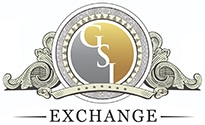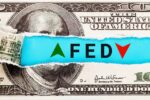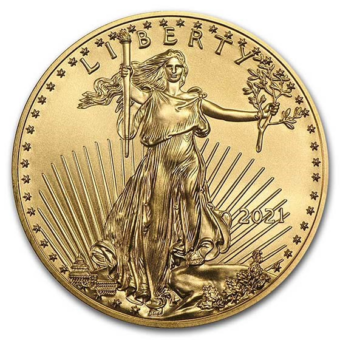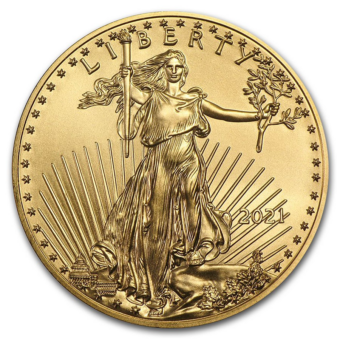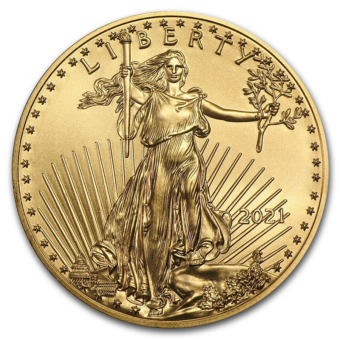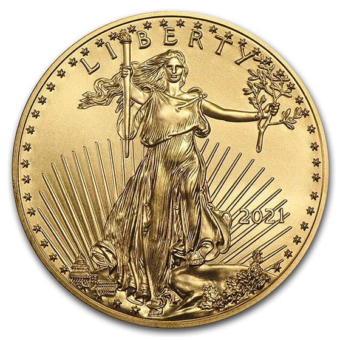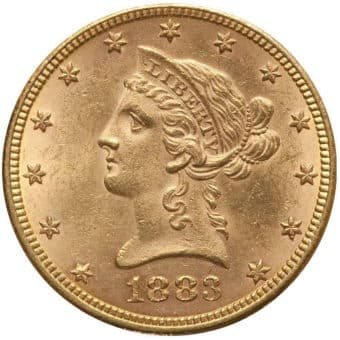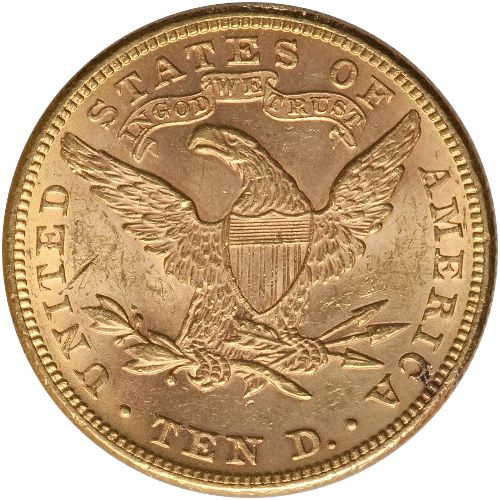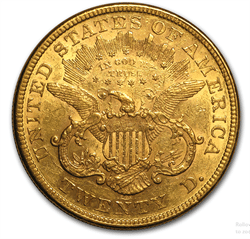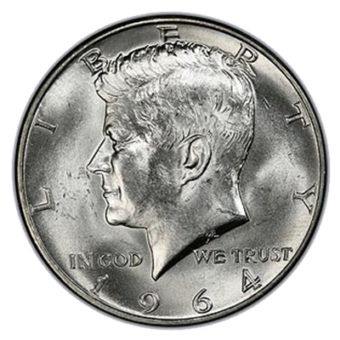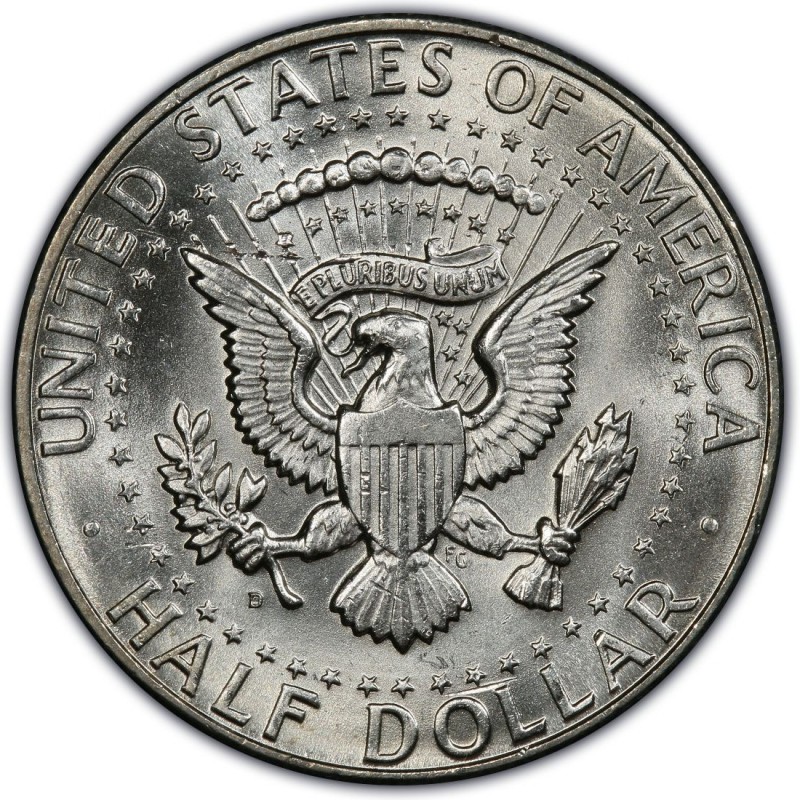A Daily Journey Through the Week's Market
Monday - 6.02.25: Gold and silver surged Monday midday, with gold hitting a three-week high and silver a two-month high, driven by renewed safe-haven demand amid escalating U.S.-China trade tensions. A weaker dollar and stronger oil prices also supported metals. August gold rose $86.30 to $3,401.90, while July silver gained $1.566 to $34.59. Risk aversion spiked after President Trump accused China of breaking a trade deal and vowed higher tariffs. Meanwhile, JPMorgan’s Jamie Dimon warned of a looming bond market crack if the U.S. fails to rein in its growing national debt.
Tuesday - 6.03.25: Gold and silver prices fell Tuesday midday on routine profit-taking after Monday’s strong rally, with August gold down $24.80 at $3,372.40 and July silver off $0.129 at $34.565. While U.S. stock indexes moved higher, traders remained wary of ongoing U.S.-China trade tensions, which continue to fuel underlying safe-haven demand for precious metals.
Wednesday - 6.04.25: Gold prices rose Wednesday midday as weaker-than-expected U.S. economic data pushed the dollar and Treasury yields lower, fueling safe-haven demand. August gold climbed $25.40 to $3,402.50, while July silver edged up $0.022 to $34.66. The ADP report showed just 37,000 new jobs in May—far below expectations—while ISM services data also disappointed. President Trump called for rate cuts, citing the weak data. Meanwhile, traders remain cautious amid persistent U.S.-China trade tensions, with Trump calling Chinese President Xi “extremely hard to make a deal with.”
Thursday - 6.05.25: Gold prices slipped Thursday midday on profit-taking after hitting a four-week high, while silver surged to a 13-year peak amid ongoing safe-haven demand driven by shaky risk sentiment. August gold fell $22.60 to $3,376.20, and July silver jumped $1.112 to $35.75. Traders are now focused on Friday’s key May jobs report, with expectations of a 125,000 payroll gain—down from April’s 177,000—especially after Wednesday’s weaker-than-expected ADP report raised concerns of another miss.
Friday - 6.06.25: Gold prices edged lower in early U.S. trading Friday after a solid, no-surprise May jobs report, while silver hit a fresh 13-year high. August gold fell $4.00 to $3,370.00, while July silver rose $0.45 to $36.23. The Labor Department reported non-farm payrolls rose by 139,000—above expectations of 125,000 but below April’s revised 147,000—keeping the unemployment rate steady at 4.2%. Markets had braced for a potential miss following Wednesday’s weaker-than-expected ADP report, but that concern proved unfounded.
Gold Prices Hold Steady as U.S. Jobs Report Delivers 'Goldilocks' Data
The Big Picture
Gold prices remain stable near $3,350 following a mixed U.S. employment report for May. While job creation surpassed expectations, downward revisions to previous months and steady unemployment suggest a cooling—but still resilient—labor market. The Fed appears in no rush to cut rates, leaving gold in a holding pattern as investors await stronger catalysts.
What’s Happening
The Bureau of Labor Statistics reported 139,000 new nonfarm jobs in May, beating expectations of 126,000. However, March and April figures were revised down by a combined 95,000 jobs. Wages rose 0.4% on the month, outpacing forecasts and marking a 3.9% year-over-year increase. Despite the data, gold prices remained firm, reflecting investor uncertainty around future Fed policy and inflation risks.
By the Numbers
• May nonfarm payrolls: +139,000 (vs. +126,000 expected)
• Unemployment rate: 4.2% (unchanged)
• Spot gold: $3,357.59/oz, up 0.18%
• August gold futures: Holding near $3,350
Why It Matters
The mixed report—strong headline numbers but softer revisions—adds to the “wait-and-see” mood in markets. Higher wages complicate the inflation outlook, potentially keeping the Fed on hold. Meanwhile, gold remains supported by uncertainty and the long-term potential for recession or rate cuts, which could re-ignite safe-haven demand.
The Bottom Line
Gold is treading water in a neutral Fed environment, with the May jobs report providing no clear directional push. Until inflation or growth data forces a policy pivot, analysts expect gold to consolidate at elevated levels, with investor attention focused on wage inflation, interest rate signals, and broader economic trends.
Gold-Backed ETFs See First Outflows in Five Months Amid Shifting Risk Appetite
The Big Picture
For the first time since late 2024, gold-backed ETFs posted net outflows as improving U.S.-China trade sentiment and rebounding equities reduced short-term safe-haven demand. While this marks a pause in ETF accumulation, the World Gold Council (WGC) maintains that inflation fears, rising debt levels, and stagflation risk could continue to support gold’s long-term appeal.
What’s Happening
According to the WGC’s latest monthly report, gold-backed ETFs shed 19.1 tonnes in May, worth $1.83 billion. North American funds led the retreat, driven by easing tariff tensions that briefly boosted investor risk appetite. However, analysts warn that a neutral Fed, sticky inflation, and stagflation concerns could eventually renew demand for gold—especially if real yields decline or trade tensions intensify again.
By the Numbers
• Global ETF outflows: 19.1 tonnes ($1.83 billion)
• North America: 15.6 tonnes outflow ($1.5 billion)
• Asia: 4.8 tonnes outflow ($489 million), first since Nov 2024
• Europe: 1.6 tonnes inflow ($224 million), led by French ETFs
• April 2025: Record ETF inflows of 69.6 tonnes globally
• US rate outlook: Market pricing in higher rates by end of 2025
• Stagflation expectations: Nearly as influential as actual conditions in gold performance
Why It Matters
The shift in ETF flows highlights how gold demand is sensitive to short-term market sentiment. While a temporary easing in tariffs lifted stocks and reduced gold inflows, deeper concerns over inflation, slowing growth, and sovereign debt remain unresolved. Europe’s inflows suggest that some regions continue to seek gold as a hedge, even as others pull back.
The Bottom Line
Gold ETF outflows may mark a pause, not a reversal. With stagflation risks looming and global uncertainty persisting, gold could remain a favored asset—especially if investor expectations, rather than just economic outcomes, continue to drive safe-haven behavior.
Gold Could Hit $4,000 as Dollar Declines and Central Banks Keep Buying
The Big Picture
Market strategists are raising their gold price forecasts to as high as $4,000 per ounce amid persistent U.S. dollar weakness, strong central bank buying, and accelerating global dedollarisation. With gold already near historic highs, a convergence of macro risks is fueling demand for the metal as a hedge against economic uncertainty and geopolitical instability.
What’s Happening
Gold prices have surged in recent months, reaching $3,500 in April before settling around $3,370. Analysts from firms like State Street and Morgan Stanley cite a weakening dollar, investor anxiety, and central bank demand as drivers behind the rally. Meanwhile, mining stocks are soaring in anticipation of higher margins, and global trade tensions—especially Trump’s renewed tariffs—are accelerating dedollarisation trends.
By the Numbers
• Gold price peak: $3,500 per ounce (late April)
• Current gold price: ~$3,370 per ounce
• Morgan Stanley forecast: $3,500 by Q3, with upside toward $4,000
• Dollar index: Down 9%, currently near 99
• If index drops to 91: Gold could hit $3,800
• Inverse correlation between gold and dollar: Only this strong 7 times since 1990
Why It Matters
As the dollar weakens and economic uncertainty grows, investors are pouring into gold for safety. The potential for higher tariffs, growing U.S. debt, and strained relations with China are all pushing demand for alternative stores of value. This environment also benefits gold-backed ETFs and miners, which are posting their best returns in decades.
The Bottom Line
With macroeconomic risks mounting and the U.S. dollar under pressure, gold appears poised for another leg higher. Strategists say the path to $4,000 isn’t just possible—it’s increasingly plausible if current trends in dedollarisation and central bank demand continue.
Fed Report Flags Slowing Growth, Inflation Pressures, and Tariff Fallout
The Big Picture
The Federal Reserve’s latest Beige Book points to a weakening U.S. economy, with growth contracting slightly, hiring stalling, and inflation concerns mounting. Businesses and households are increasingly cautious, while tariffs have emerged as a key driver of rising costs and economic uncertainty.
What’s Happening
According to the Fed’s June 4 Beige Book, economic activity declined modestly across most regions since the last report in April. Hiring was flat in a majority of districts, with declining labor demand, fewer hours worked, and selective layoffs. Inflation remained moderate but is expected to accelerate due to tariff-related cost increases. Businesses are preparing to pass these costs onto consumers, potentially within the next three months.
By the Numbers
• Economic activity: Slight contraction since April 23
• Employment: Flat in 7 of 12 Fed districts
• Tariff mentions: 122 times (up from 107 in April)
• Inflation: Rising at a “moderate pace,” with stronger increases expected
• Business response: Temporary fees or surcharges anticipated
Why It Matters
The report reveals growing strain on the economy from tariffs and inflation, at a time when labor markets are cooling. If these pressures persist, businesses may further reduce hiring or investment, complicating the Fed’s policy path. It also signals potential challenges for the Trump administration’s tariff strategy amid fragile growth.
The Bottom Line
The Fed’s Beige Book paints a cautious portrait of the U.S. economy—one marked by fading momentum, rising prices, and deepening uncertainty. With tariffs driving cost pressures and labor demand softening, policymakers may face tough choices in the months ahead.
Is the Silver Bull Market Coming? Analysts Emphasize That $34 Is a Key Level
The Big Picture
Silver may be nearing a breakout moment as it consolidates near $34 per ounce, a level analysts view as pivotal for the next leg of a potential bull run. While gold remains strong, rising industrial demand, falling interest rate expectations, and a weakening U.S. dollar could position silver for outperformance in the months ahead.
What’s Happening
During China’s Dragon Boat Festival, precious metals rallied amid geopolitical tension and economic uncertainty. While gold remains in focus, analysts like Michele Schneider of MarketGauge believe silver could soon steal the spotlight—especially if it sustains a move above $34. A breakout could pave the way for a run to $40, a level Schneider views as inevitable if momentum continues. She cautions that buyers must show conviction before the next rally can truly begin.
By the Numbers
• Key breakout level: $34
• Analyst target: $40 silver
• Gold-to-silver ratio peak: 107 (five-year high in May)
• 2020 precedent: Gold-silver ratio dropped 51%, leading to silver outperformance
Why It Matters
The gold-to-silver ratio’s recent decline may signal an upcoming rotation into silver, echoing the 2020 setup when silver dramatically outpaced gold. If the Fed cuts rates in response to a slowing economy, silver’s dual role as a monetary and industrial metal could make it a preferred hedge—potentially even more inflation-resistant than gold.
The Bottom Line
If silver clears $34 with conviction, a run to $40 could follow swiftly. With rate cut expectations rising and macro pressures building, silver may be on the verge of a major breakout.
Next Week’s Key Events
Economic Calendar: June 9 – June 13, 2025
Monday, June 9
No major reports
Tuesday, June 10
No major reports
Wednesday, June 11
- 8:30 AM ET: Consumer Price Index (CPI) – May
Key inflation metric tracking changes in consumer prices; a 0.2% rise suggests mild inflationary pressures.
Thursday, June 12
- 8:30 AM ET: Initial Jobless Claims – Week Ending June 7
Weekly data on new unemployment claims; an early indicator of labor market conditions. - 8:30 AM ET: Producer Price Index (PPI) – May
Measures wholesale inflation; a -0.5% drop indicates disinflationary pressures in production costs.
Friday, June 13
- 10:00 AM ET: Consumer Sentiment (Preliminary) – June
University of Michigan index gauging consumer confidence; a reading of 52.2 reflects subdued sentiment.
IMPACT ON PRECIOUS METALS MARKETS
Consumer Price Index (June 11):
Mild CPI inflation (0.2%) may reduce urgency for Fed rate hikes—mildly supportive for gold. A surprise spike or dip could trigger volatility based on rate expectations.
Initial Jobless Claims (June 12):
Elevated claims could signal a weakening labor market—bullish for safe-haven metals. Low claims may point to economic resilience, limiting upside for gold.
Producer Price Index (June 12):
A sharp -0.5% drop in wholesale prices suggests easing inflation, potentially lowering rate hike fears—positive for gold and silver.
Consumer Sentiment (June 13):
A low reading (52.2) hints at economic pessimism, which may bolster demand for gold as a defensive asset.
